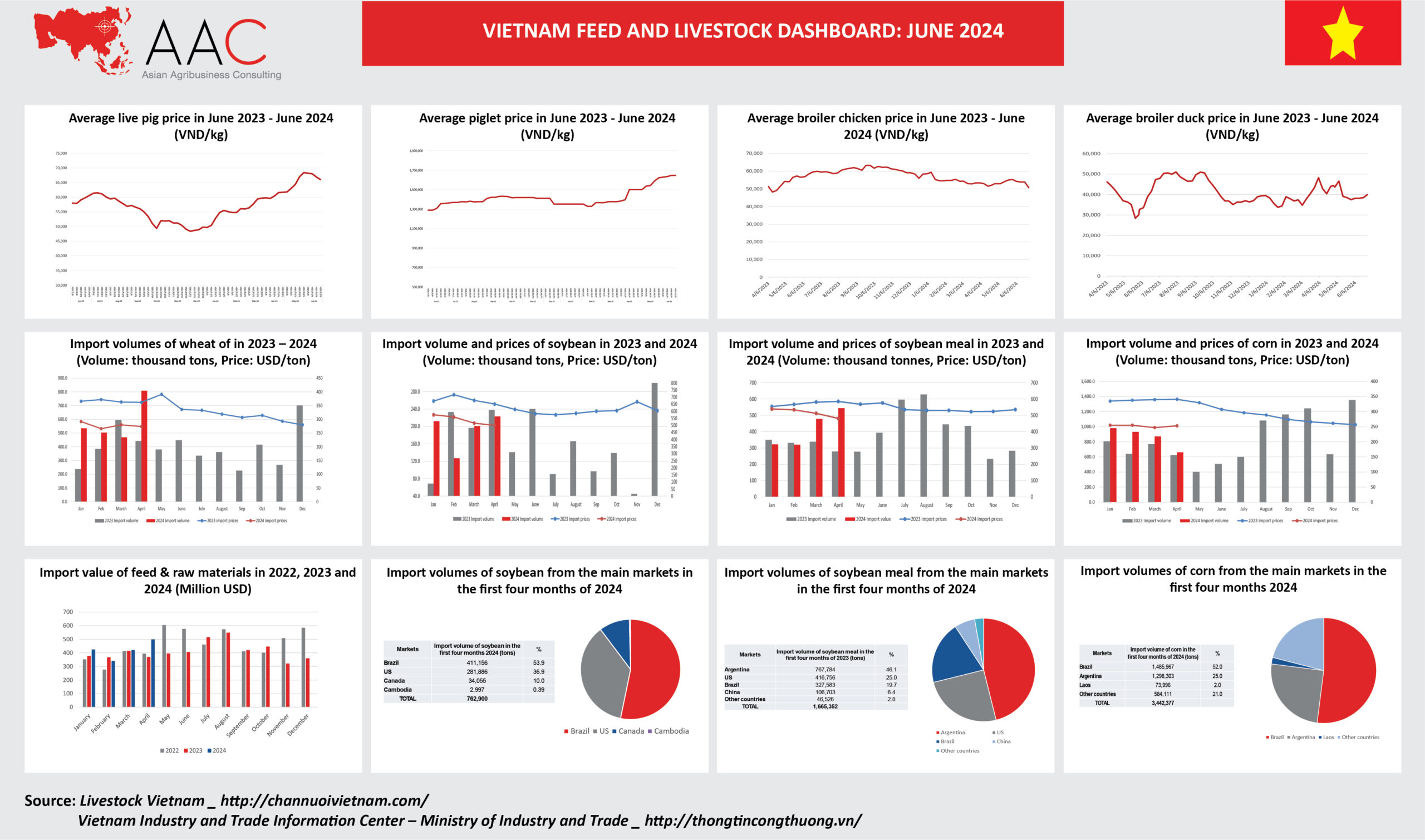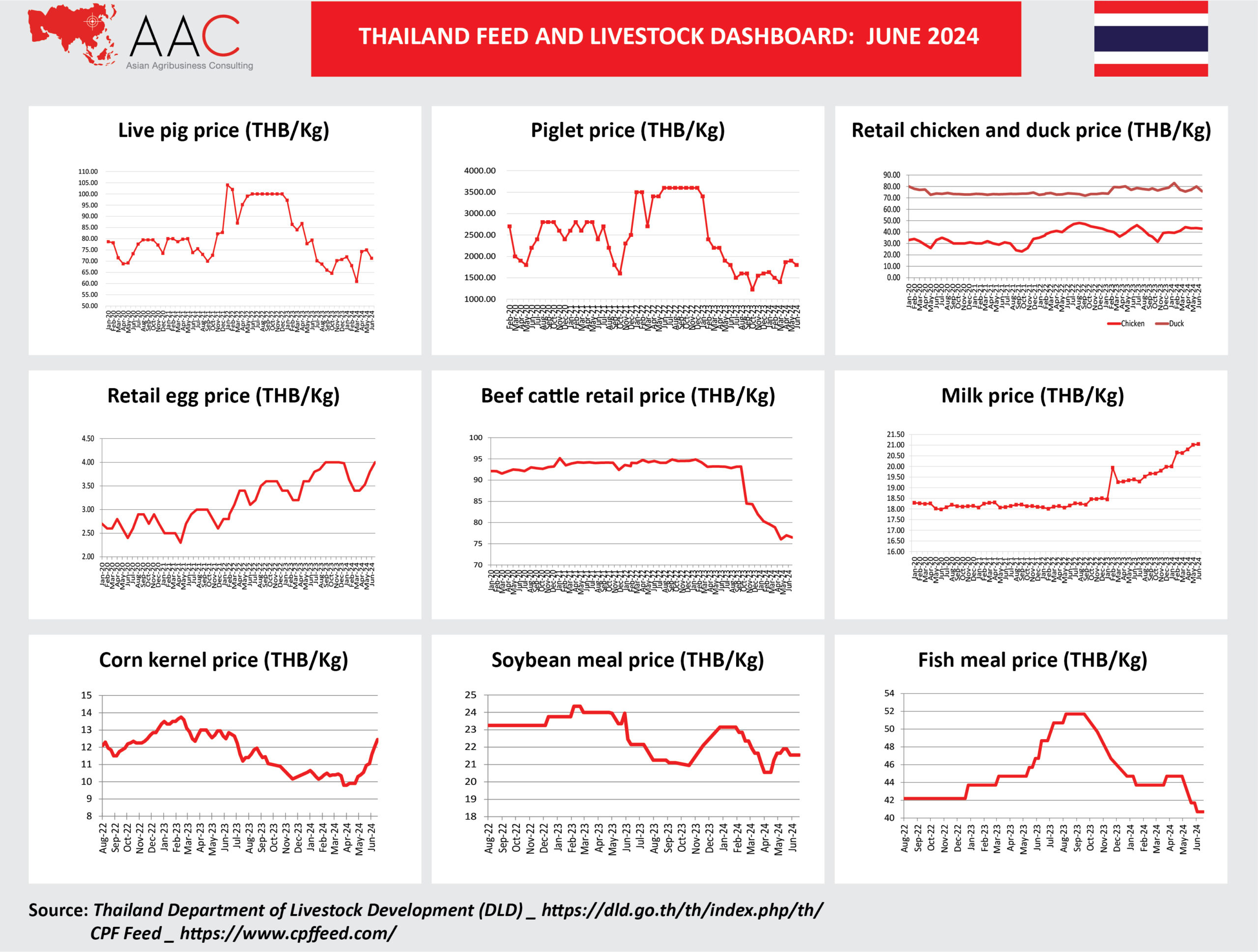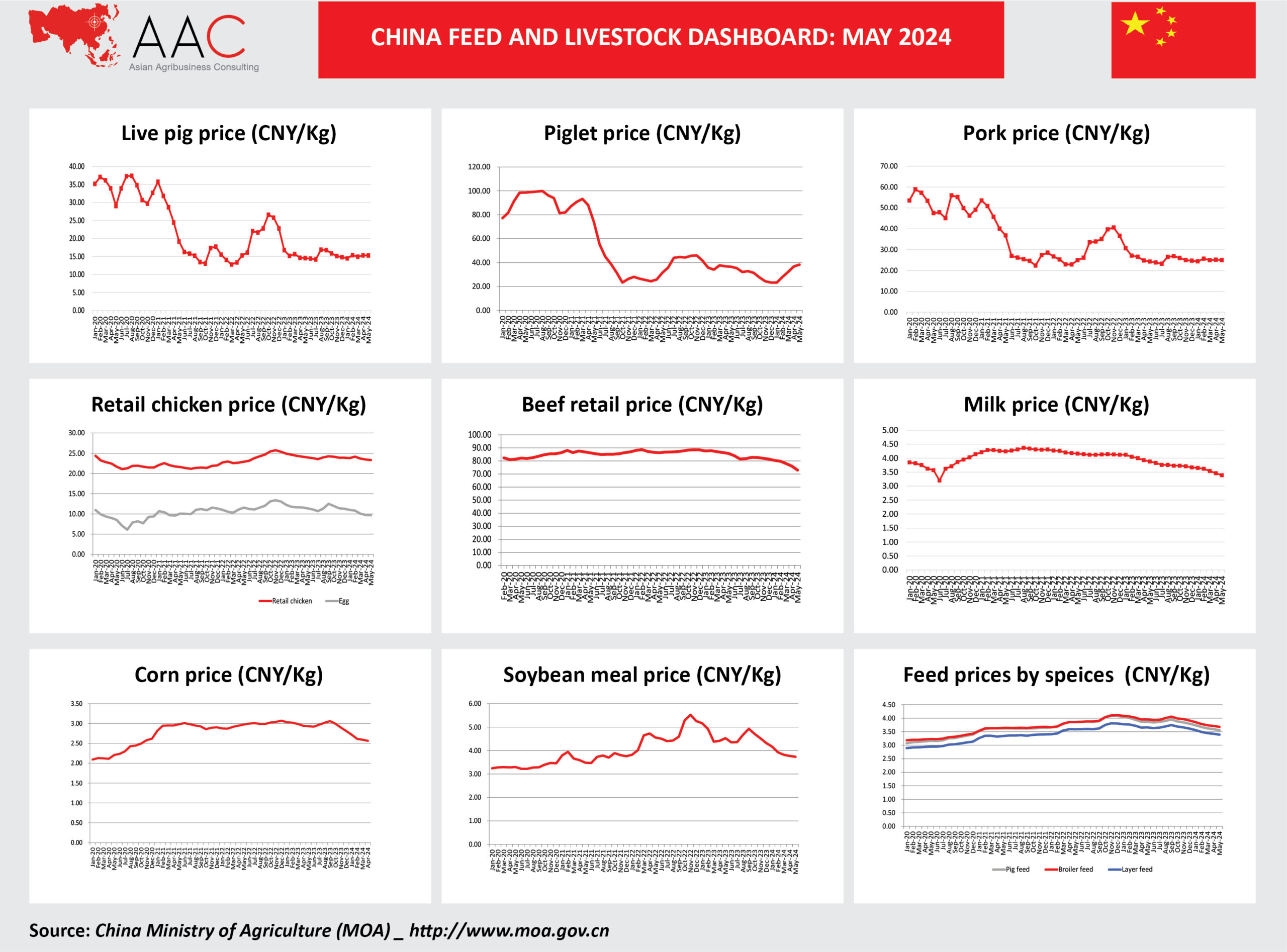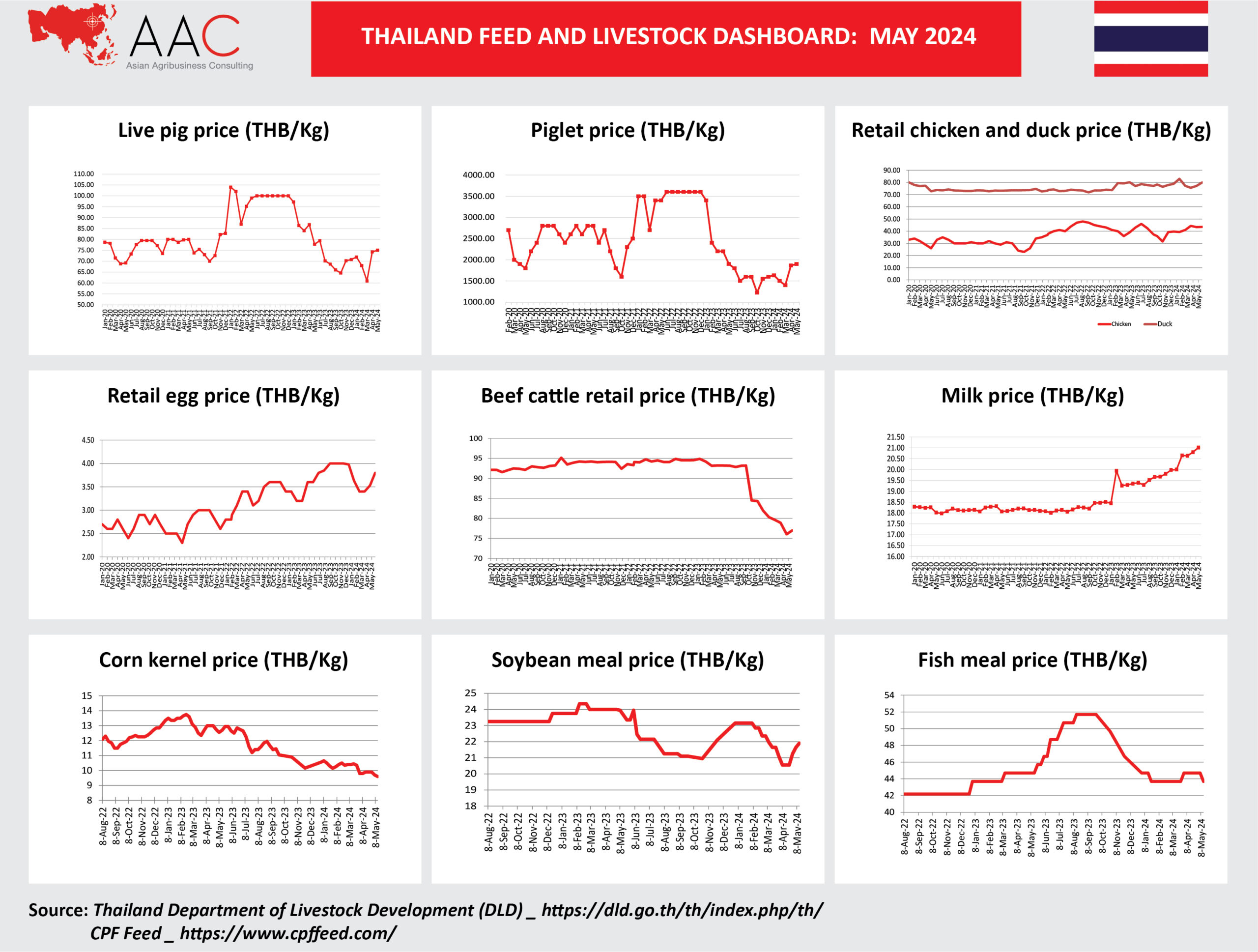Comments Off on Industry News: Thailand Livestock, Animal Health and Animal Nutrition- July 2024
Industry News: Thailand Livestock, Animal Health and Animal Nutrition- July 2024
Comments Off on Industry News: Vietnam Livestock, Animal Health & Animal Nutrition
Industry News: Vietnam Livestock, Animal Health & Animal Nutrition
Comments Off on Vietnam Feed and Livestock Dashboard: June 2024
Vietnam Feed and Livestock Dashboard: June 2024

Comments Off on Industry News: Thailand Livestock, Animal Health & Animal Nutrition
Industry News: Thailand Livestock, Animal Health & Animal Nutrition
Comments Off on Thailand Feed and Livestock Dashboard: June 2024
Thailand Feed and Livestock Dashboard: June 2024

Comments Off on Industry News: China Livestock, Animal Health & Animal Nutrition
Industry News: China Livestock, Animal Health & Animal Nutrition
Comments Off on China Feed and Livestock Dashboard: June 2024
China Feed and Livestock Dashboard: June 2024

Comments Off on China Feed and Livestock Dashboard: May 2024
China Feed and Livestock Dashboard: May 2024

Comments Off on Industry News: China Livestock, Animal Health & Animal Nutrition
Industry News: China Livestock, Animal Health & Animal Nutrition
Comments Off on Thailand Feed and Livestock Dashboard: May 2024
Thailand Feed and Livestock Dashboard: May 2024




